This post reports the development of a new strategy based on the accelerated hydrolysis of reconstituted phenolic and aromatic fractions (PAFs) extracted from grapes. It was possible to identify by GC-Olfactometry and GC–MS at least 30 different odorants including lipid derivatives, volatile phenols, vanillins, norisoprenoids, terpenes, bencenoids and 3-mercaptohexanol.

Synergy between HPTLC and HPLC-DAD for the investigation of wine-making by-products
This work fits into a more general context related to the revalorization of agri-food by-products, which is extremely current for both environmental and economic reasons.

Fourteen ethyl esters of wine can be replaced by simpler ester vectors without compromising quality but at the expense of increasing aroma concentration
Results from this paper are stimulating for the flavor industry. It suggests that all simple fragrance materials could be advantageously replaced by much smaller levels of complex mixtures.
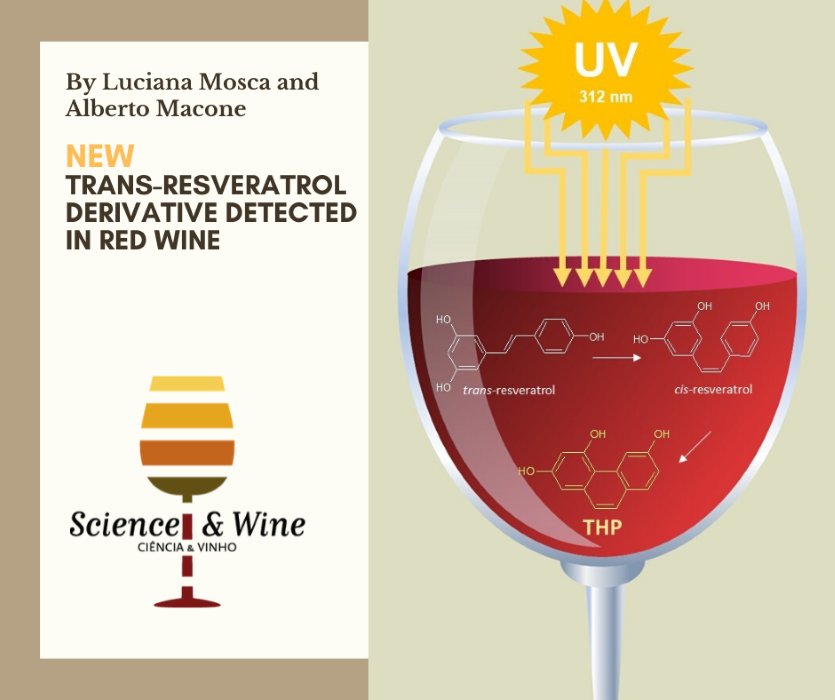
2,4,6-trihydroxyphenanthrene: a new trans-resveratrol derivative detected in red wine after UV irradiation.
T2,4,6-trihydroxyphenanthrene (THP) results from cyclization of the trans-to the cis-isomer of resveratrol one of the most abundant polyphenols in red grapes and red wine. It has been demonstrated that THP can induce DNA damage through a pro-oxidant mechanism. On the other hand, due to the extended delocalization and conjugation of the πelectrons over the entire molecule, THP displays a significantly increased antioxidant activity compared to RSV with potential benefits on human health. Whatever the effect of THP on human health, it becomes important to establish its actual presence not only in RSV-containing food and beverages but even in cosmetics that, by their nature, are subject to UV radiation.
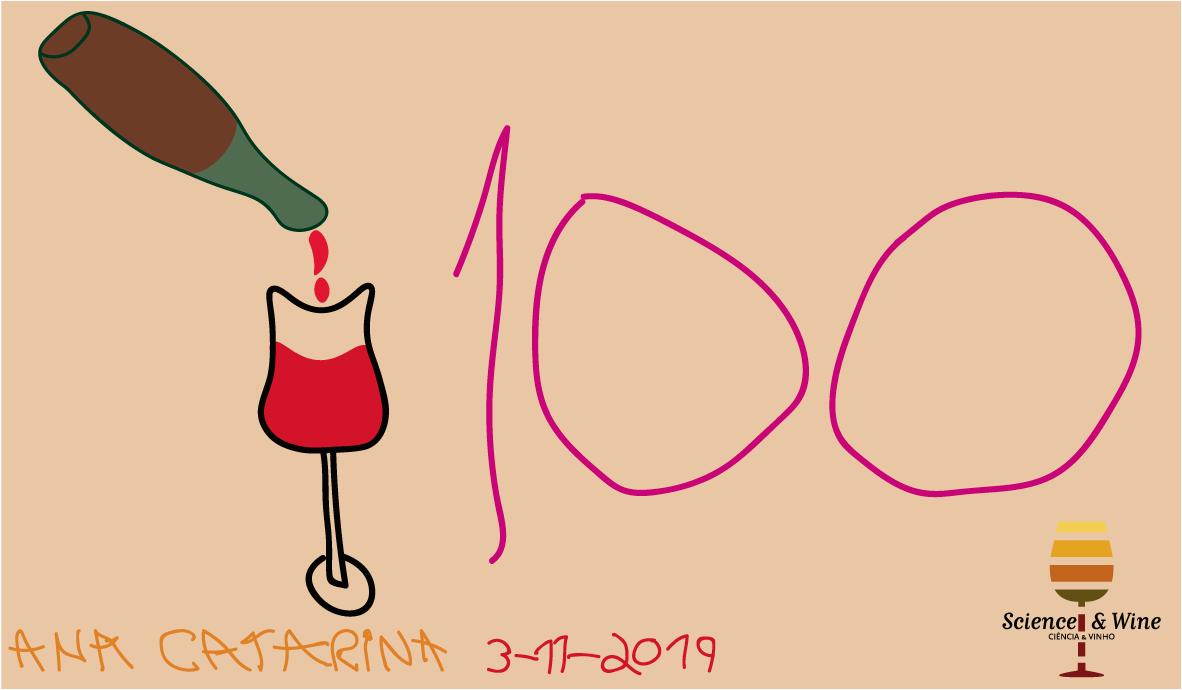
Post Nº 100
This is the post number 100. One hundred of weekends that I spend writing, reading, illustrating, editing and publishing the posts. The time that I spent do it is just part of the time I stole to the family, special to my youngest daughter, so today I decided to involve her in this project. The illustration is her authorship.
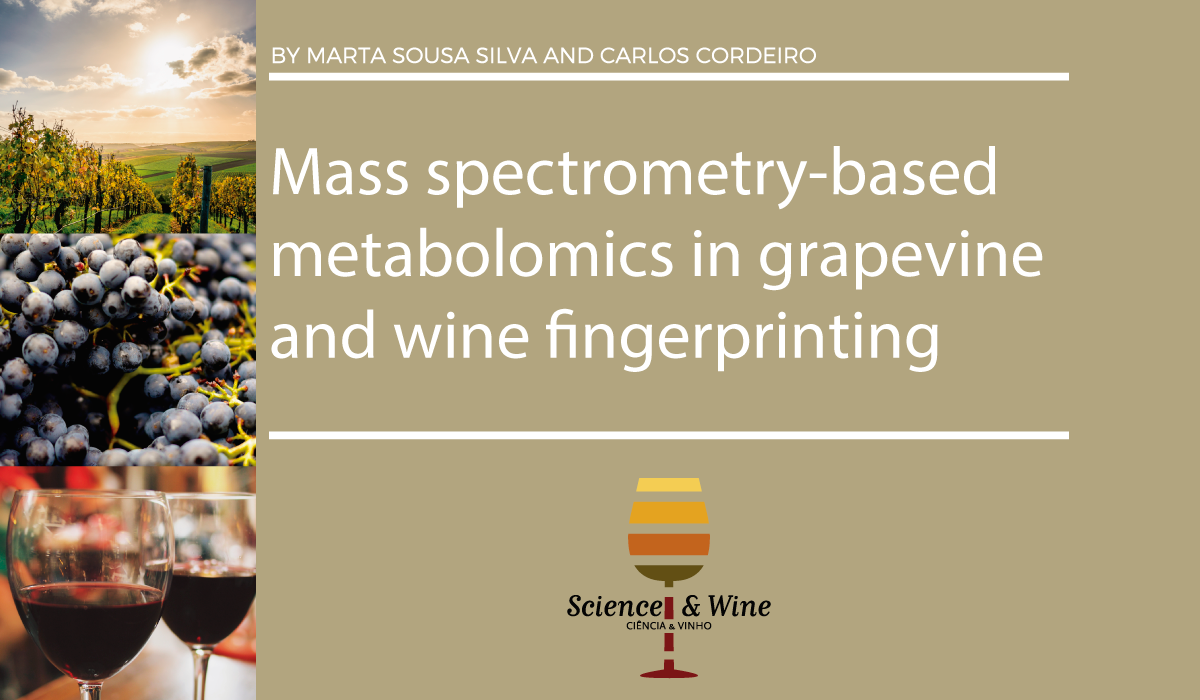
Mass spectrometry-based metabolomics in grapevine and wine fingerprinting
Wine metabolome results from a complex process, involving grapes, yeast, bacteria, terroir effects and its ageing in wooden barrels. Wine metabolome fingerprint tells the story of its origin, production and quality. Its characterization is of paramount importance for quality control, authenticity and quality improvement. Wine metabolome characterization remains one the greatest challenges of analytical chemistry and biochemistry that challenges all conventional approaches to metabolomics.
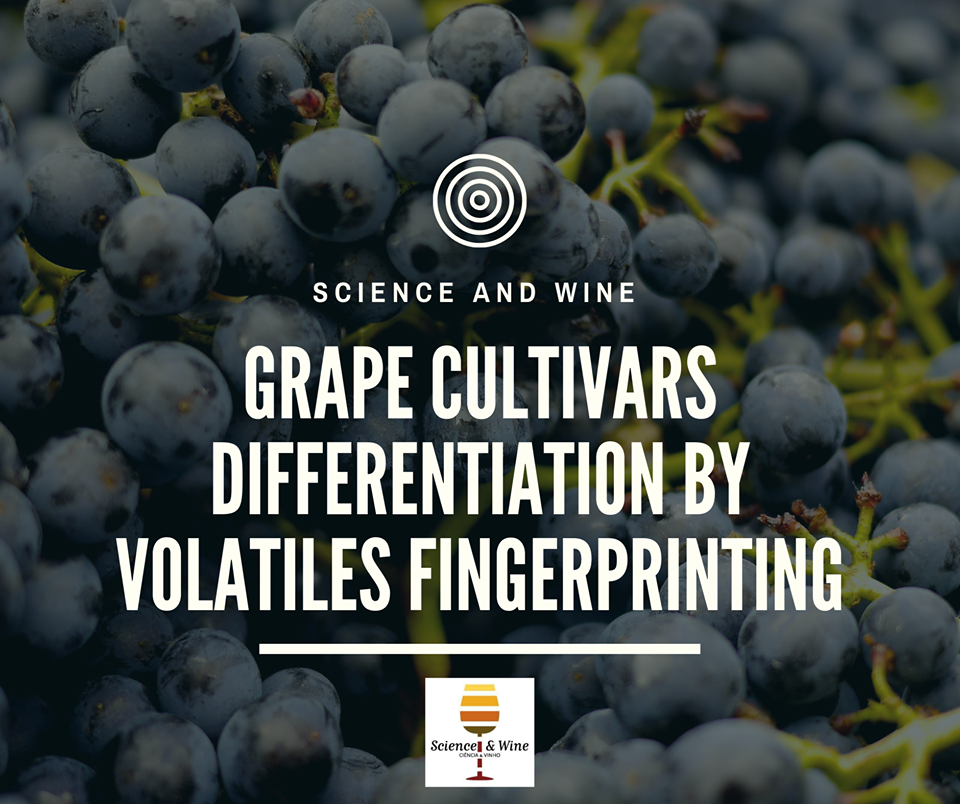
Fiano, Greco and Falanghina grape cultivars differentiation by volatiles fingerprinting
The biomolecular characterization of foods and beverages represent nowadays an intriguing task for the scientific community. While nonvolatile compounds of a wine, e.g. polysaccharides, organic acids, mineral salts and polyphenols, have a great impact on the mouthfeel with acidity and salinity perceptions and astringency, the volatile component is the main responsible of wine aroma that contributes to the peculiar recognizability of a vine. Food aroma is the result of the complex interaction of small volatile molecules and odor receptors and, although its perception might be affected by subjectivity, it is considered as the first step in quality assessment.

Wine and Membranes
Wine alcohol content can now be measured using membrane contactors through the measurement of the trans-membrane flux. This approach involves a flat cell module equipped with a commercial polypropylene membrane. One membrane side of the membrane is in contact with wine and the other one is under vacuum. A preliminary experiment was carried out using hydro-alcoholic solutions with final ethanol contents of 5, 10 and 20% v/v. A correlation line was obtained between the trans-membrane flux and the ethanol content of the feed. Then this approach was applied to measure trans-membrane fluxes of commercial white and rosé wines (both at 10.5% v/v), results were reported on the correlation line, so that to compare the real alcohol content with the predicted one. This post describes the results obtained and discuss the utility of this method to measure wine alcohol content.

Lasers, nanoparticles and wine: white wine identification with SERS
Wine counterfeiting is a concerning problem. In this post is described the application of label-free SERS spectroscopy as an analytical technique for white wine characterization
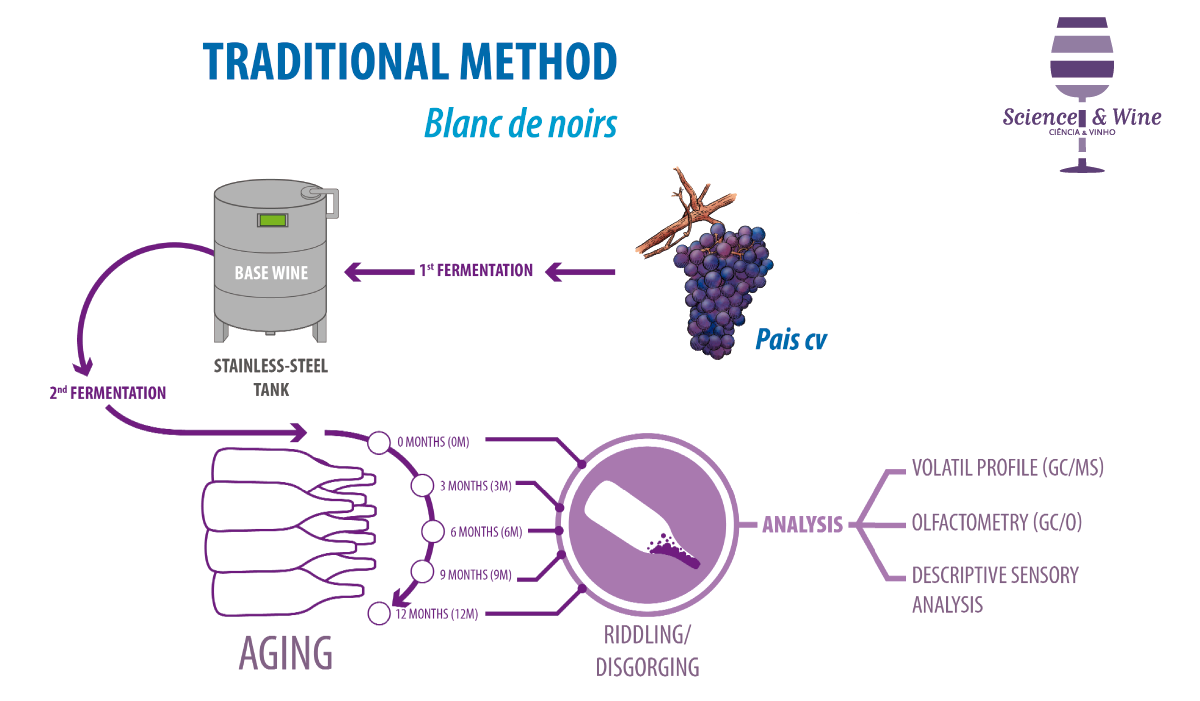
Aromatic evolution of blanc de noirs sparkling wines made by traditional method during twelve months of aging on their lees
Winemaking process affects the sparkling wine volatile profile. In this post the authors report the results obtained in a study carried out to find out the effects of the second fermentation and aging on lees of sparkling wine. In this study, different techniques were applied in in sparkling wine, namely: gas chromatography/mass spectrometry/olfactometry and sensorial analysis. The results suggest that the fruity/floral nuances in sparkling wine are due to a few high-impact aromatic compounds, such as ethyl isobutyrate, isoamyl acetate, ethyl hexanoate, β-phenylethanol and diethyl succinate.

